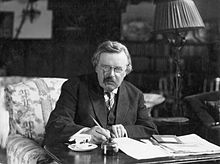In 1993 Andrew ‘Brillo Pad’ Neil, editor of the Sunday Times, initiated a regular column in his paper inviting readers to submit answers to the origins of well known phrases and institutions. In the same year a book appeared with some of these answers. Many of these submissions now read like the outrageous fictional suggestions that Private Eyeoccasionally publish in one of their columns.
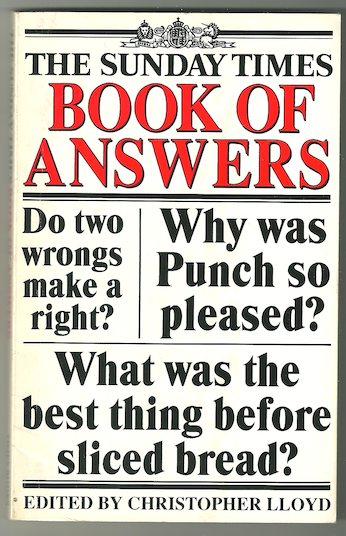
Who was the ‘ Bob’ in the phrase ‘ Bob’s your uncle ?
Only one reader offered a solution. Bob, according to Tecwen Whittock of mid Glamorgan, was Robert Arthur Talbot Gascoyne Cecil, better known as Lord Salisbury, the last man to be Prime Minister while a member of the House of Lords. The phrase came into use when Salisbury promoted his nephew, A. J. Balfour, to the post of Chief Secretary for Northern Ireland in 1887. Fifteen years later Balfour succeeded his uncle Bob as Prime Minister.
It is interesting to note that Tecwen Whittock later achieved notoriety as the audience member with the chronic cough who it was alleged helped Major Ingram win a million pounds on ‘ Who Wants to be a Millionaire ‘. But Whittock was surely incorrect in stating that Balfour was Chief Secretary for Northern Ireland, which only came into existence in 1921, after the island was divided into Northern Ireland and the Republic of Ireland. Balfour was in fact Chief Secretary of Ireland. So perhaps Mr Whittock was not the reliable quiz expert he appeared to be.
Today there is general acceptance that this derivation is correct.
If it is not over until the fat lady sings, who is the fat lady and what does she sing ?
Four readers thought they had the answer to this question. One thought it was a portly singer in the role of Brunhilde in a Seattle production of Wagner’s Ring; another felt it was the woman who sang the national anthem at American baseball matches; another argued it was the overweight American diva Kate Smith; however, the most convincing answer came from a Mr Robert Fox of Shrewsbury who contended that it referred to someone who sang at the first performance of Wagner’s Ring in 1876.
Today the most popular derivation is the one featuring the overweight Miss Kate Smith.
When did homosexuals become gay ?
Only one reader dared to answer this question. Ms Emma Fox, a Ph D candidate at my alma mater, the University of Birmingham, argues that the term was beginning to be used by around 1900. According to her, men drawn to wearing gaudy clothes were popularly regarded as effeminate. She argues that in R. L. Stevenson’s Dr Jekyll and Mr Hyde. Jekyll’s admission that he is torn between a life of gaiety and one of gravity suggests that he is a closet homosexual. Also in Conrad’s Victory (1915) the ’openly homosexual Jones wears a ‘ gay’ blue silk dressing gown. By 1957 – 8 yay novelist E. M. Forster used the word in his story ‘The Other Boat’ to described the hedonistic lifestyle which the protagonist Lionel wishes to experience.
Continue reading


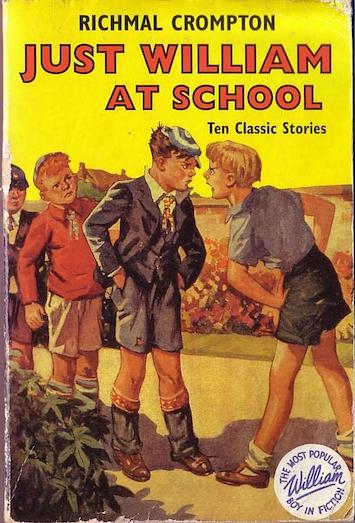


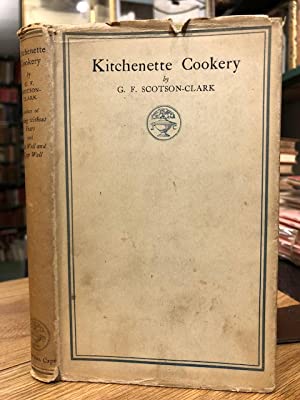




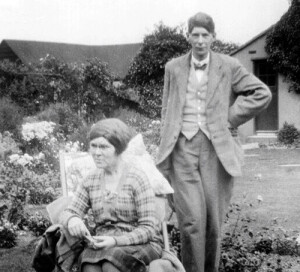 It is in The Last of Spring, one of Rupert Croft-Cooke’s many autobiographical volumes that one finds an account of the author’s experience of renting one of the Cornish bungalows built for writers by the eccentric spiritual medium and author, Mrs A.C. Dawson Scott, in the early 1930s.
It is in The Last of Spring, one of Rupert Croft-Cooke’s many autobiographical volumes that one finds an account of the author’s experience of renting one of the Cornish bungalows built for writers by the eccentric spiritual medium and author, Mrs A.C. Dawson Scott, in the early 1930s.
